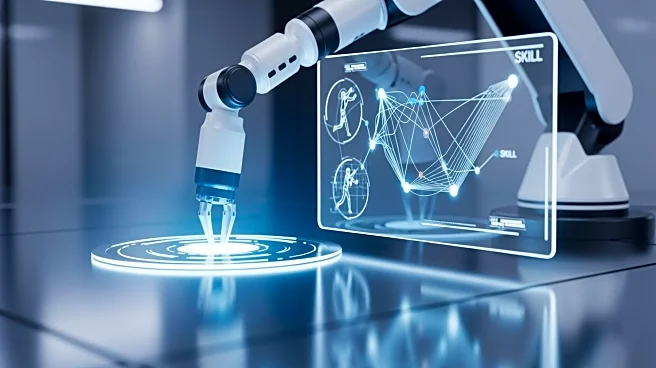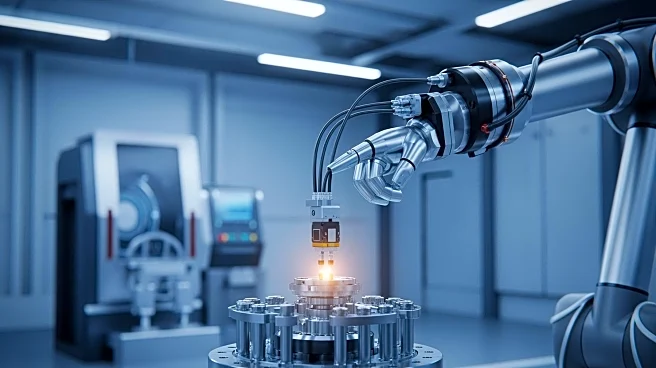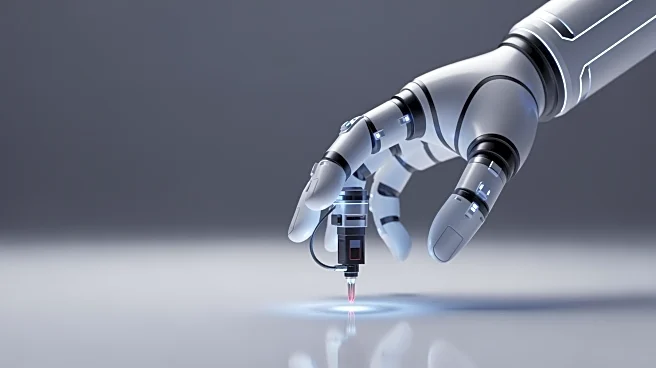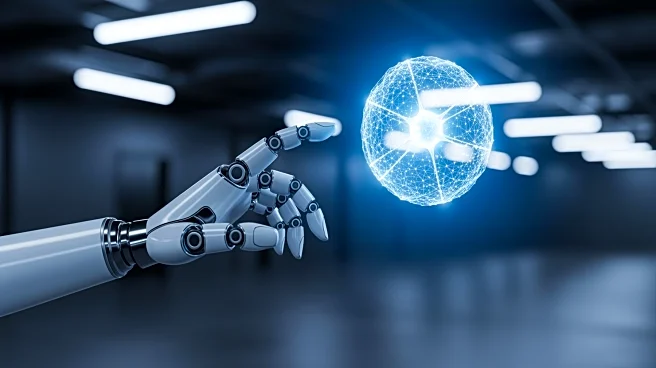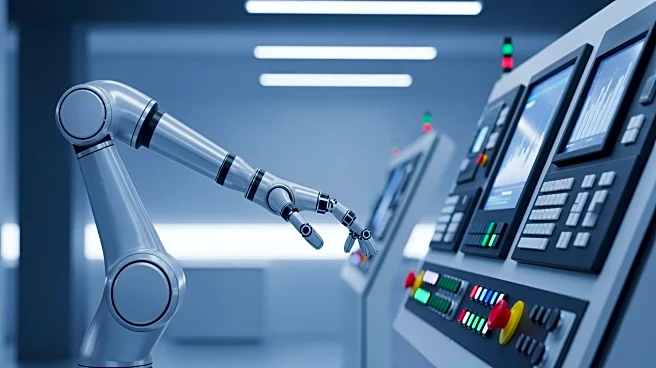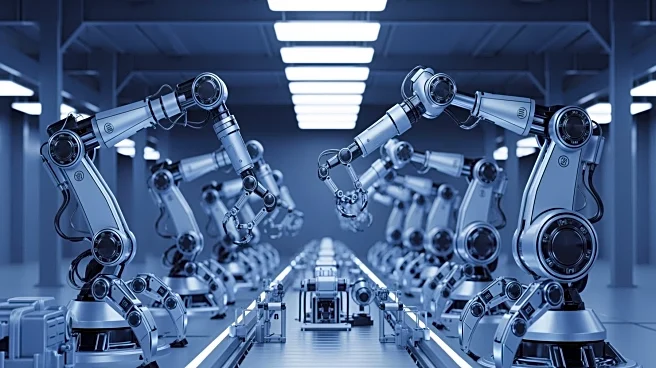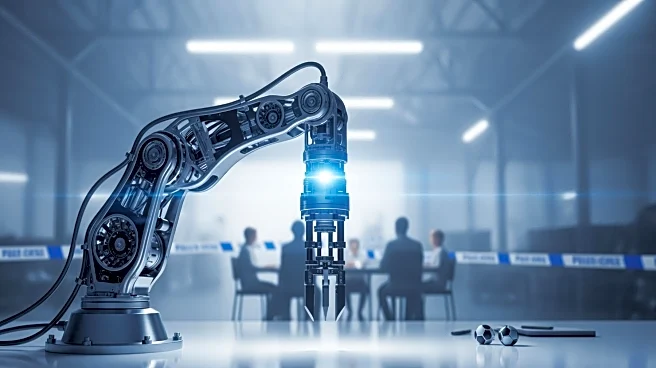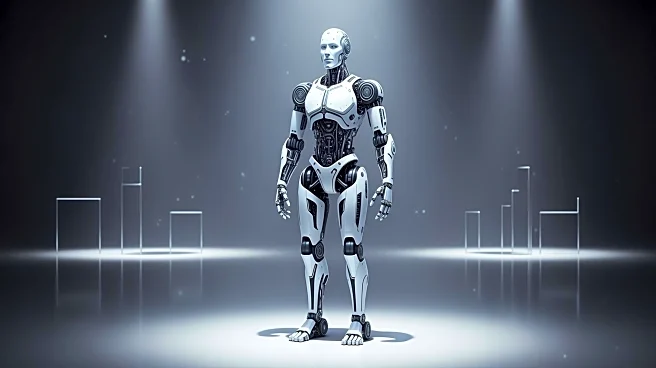What's Happening?
A recent study has evaluated the effectiveness of decision transformer models in improving robotic motion skill learning within simulated environments. Utilizing the MuJoCo platform, the research aimed
to enhance task performance over time by leveraging task scores to demonstrate improvements in motion control skills. The study employed datasets from D4RL for various tasks, including Hopper, Walker2d, and HalfCheetah, to assess the model's ability to manage complex dynamics and motor control. The evaluation framework focused on metrics such as actual score, action errors, and convergence rate, providing a comprehensive assessment of the model's performance. The findings indicate that the focused reward transformer (FRT) model consistently outperformed other algorithms, demonstrating superior stability and efficiency in multi-task environments.
Why It's Important?
The advancements in robotic motion skill learning have significant implications for industries relying on automation and robotics. By improving the efficiency and accuracy of robotic systems, businesses can enhance productivity and reduce operational costs. The study's findings suggest that the FRT model could lead to more reliable and adaptable robotic systems, which are crucial for sectors such as manufacturing, logistics, and healthcare. The ability to refine motion skills in simulated environments also accelerates the development and deployment of robotic technologies, potentially leading to faster innovation cycles and increased competitiveness in the global market.
What's Next?
Future research is expected to focus on optimizing the computational efficiency of the FRT model to enhance its scalability in resource-limited environments. This could involve simplifying the model, exploring more efficient attention mechanisms, or leveraging techniques like model pruning. Additionally, the integration of hardware acceleration could further improve the model's performance. As the technology matures, it is likely that more industries will adopt these advanced robotic systems, leading to broader applications and increased demand for skilled professionals in robotics and automation.
